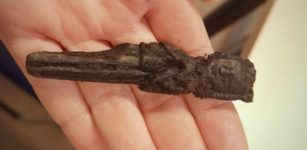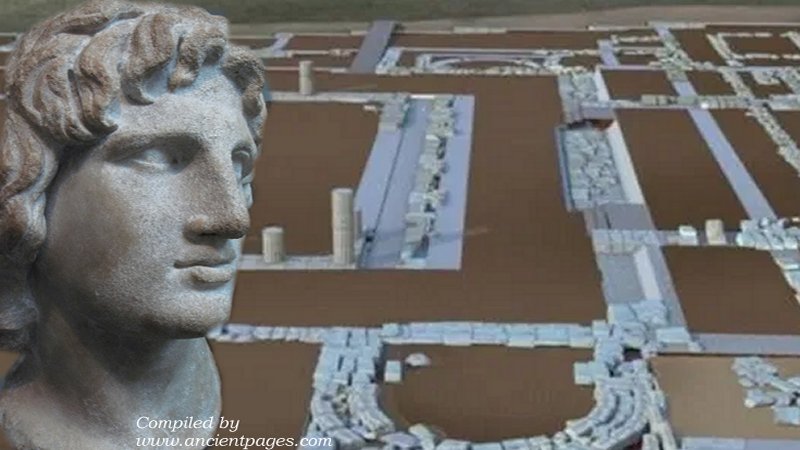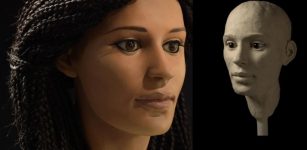Tarkhan Dress – The World’s Oldest Woven Garment
MessageToEagle.com – The Tarkhan Dress, a V-neck linen shirt has been confirmed as the world’s oldest woven garment with radiocarbon testing dating the garment to the late fourth-millennium BC.
Tarkhan is one of the most important cemeteries from the time that Egypt was unified around 3000 BC.
Sir William Matthew Flinders Petrie(1853 –1942), commonly known as Flinders Petrie, was an English Egyptologist, who named this ancient site after a nearby village Kafr Tuki to distinguish early finds from later material, since the cemetery continued to be used in antiquity.
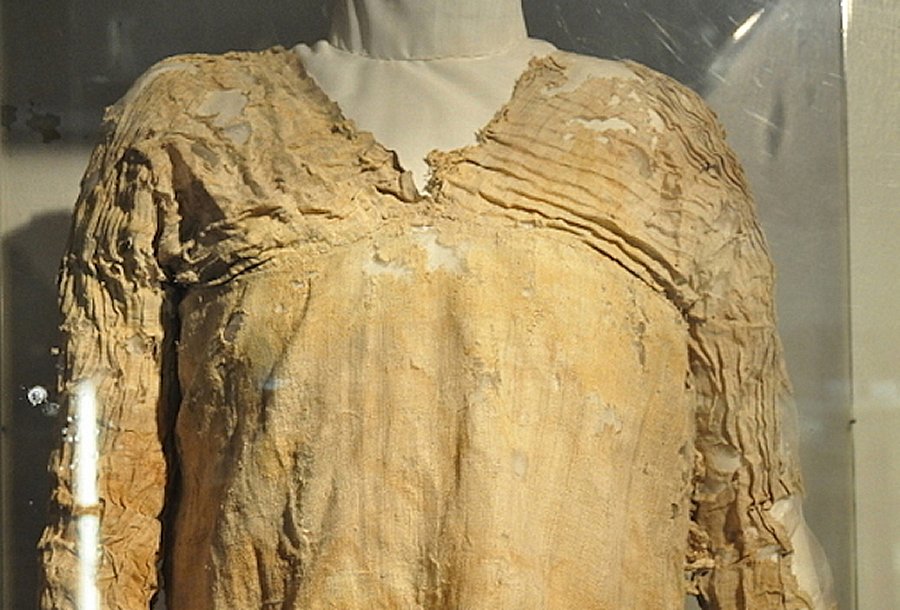
Petrie excavated a pile of linen from a Dynasty 1 (c. 2800 BC) tomb in 1913. It was only in 1977, when this linen pile was cleaned by the Victoria and Albert Museum’s Textile Conservation Workshop, that the dress was discovered. It was then carefully conserved, stitched onto Crepeline (a fine silk material used in textile conservation) and mounted so it could be seen the way it was worn in life.
It is one of the oldest garments from Egypt on display in the world.
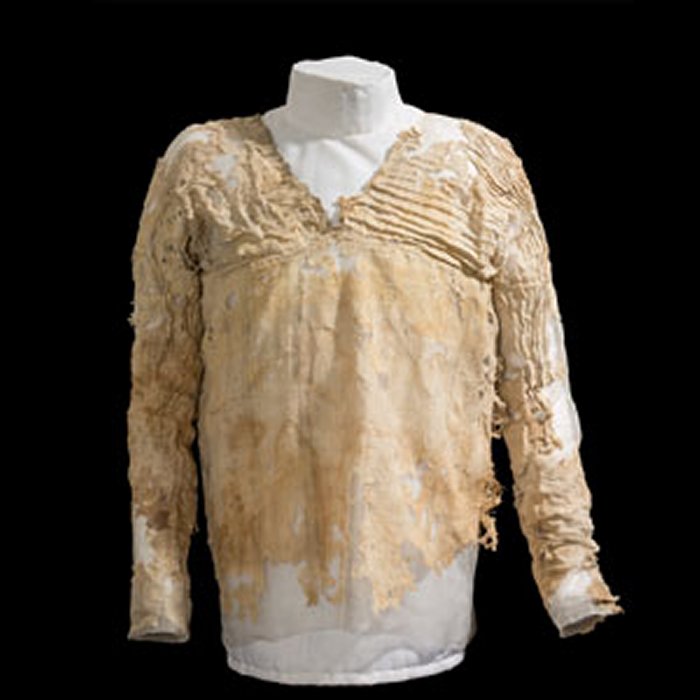
Radiocarbon testing conducted in 2015 by the University of Oxford’s radiocarbon unit, has established that the dress was made between 3482-3102 BC with 95% accuracy.
Although the dress was thought to be Egypt’s oldest garment, and the oldest surviving woven garment in the world, the precise age of the dress was uncertain as previous carbon dating proved too broad to be historically meaningful.
The new results both confirm the dress’s antiquity and also suggest that it may be older than previously thought, pre-dating the First Dynasty.
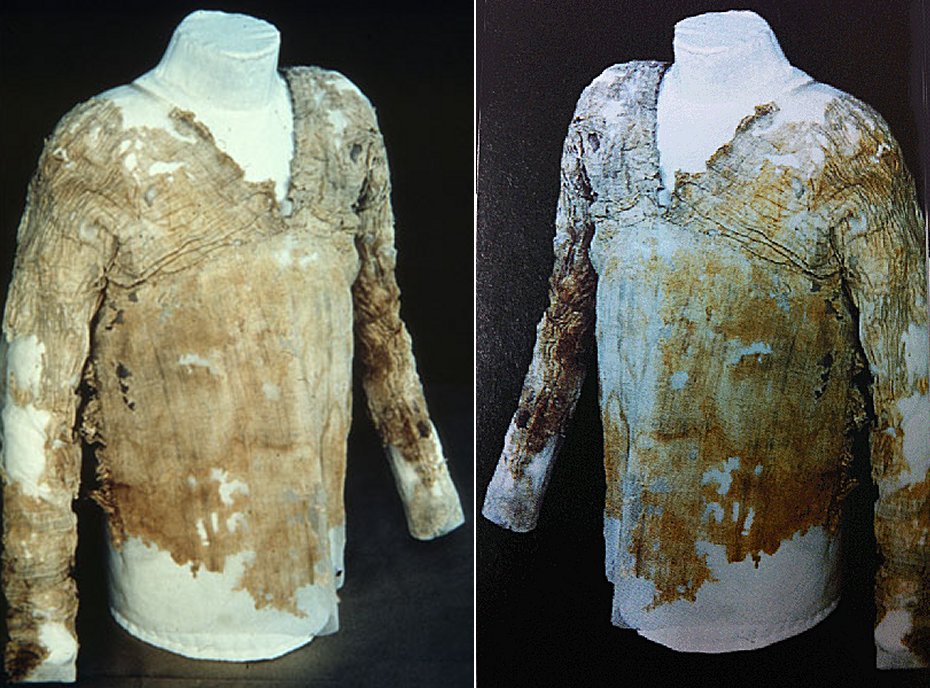
“The survival of highly perishable textiles in the archaeological record is exceptional, the survival of complete, or almost complete, articles of clothing like the Tarkhan Dress is even more remarkable. We’ve always suspected that the dress dated from the First Dynasty but haven’t been able to confirm this as the sample previously needed for testing would have caused too much damage to the dress,” Dr Alice Stevenson, Curator at the UCL Petrie Museum of Egyptian Archaeology, said.
Although the result is a little less precise than is now routinely possible through radiocarbon dating, as the sample was so small, it’s clear that the linen for the dress was made at the cusp of the First Dynasty or even earlier.”
The dress itself is made from three pieces of sturdy hand-woven linen with a natural pale grey stripe with knife-pleated sleeves and bodice. The hem is missing so it’s not possible to know the precise length of the dress, but the dimensions indicate that it fitted a young teenager or a slim woman. Although the exact context of its use remain unclear, there are visible signs of wear indicating that it was worn in life.
The Tarkhan Dress is on display at the UCL Petrie Museum of Egyptian Archaeology.
MessageToEagle.com
source: University College London



